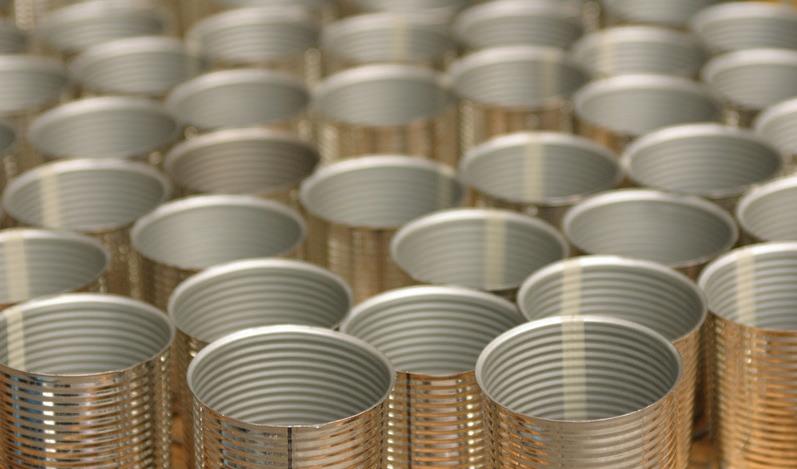
3 minute read
Meal Can Sealers
mETAL CAN SEALERS
INTRODUCTION
How does the metal can sealer work? Metal can sealers are used to attach the can lid to the can body through a double seam. Th e can sealer fi rst connects the lid edge, sealing material, and the can body by curling them together. Th is fi rst step needs to be done correctly because it cannot be corrected on the second step. Th e second step presses the layers of metal tightly together, resulting in a fl attened and smoothed seam. Both ends of the can should be fl at or slightly concave at the end of the process. Always follow instructions that come with the metal can sealer. Th is process makes the container air tight and protects the food items inside it from the entry of microorganisms during and aft er processing (Long, 2009).
Can size: Th e size of the can will determine the chuck size, position of seaming rollers, number, and size of spacers used with the turntable spring and turntable, and the turntable extension (University of Alaska, 2007).
BEFORE SEALING
Before sealing, check all cans, lids and sealing material. Cans or lids that are bent or dented are unacceptable for use. Make sure that the sealing material goes all the way around the lid sealing edge. Do not wash, boil, or heat lids before use. Th e sealing material is diff erent on cans than it is on jars. Cans may be rinsed or wiped with a damp cloth if they are dusty (Long, 2009). Th e type of food item being canned determines the method of processing. For instance, when canning meats, there are specifi c guidelines that need to be followed as far as processing before and aft er sealing. Th e University of Alaska Fairbanks: Cooperative Extension Service gives instructions on how to can meat and fi sh in cans at this website: http://www.uaf.edu/ ces/preservingalaskasbounty/

Defects: Defects are possible during the sealing process. Th ey include: droop, vee, sharp seam, cut seam, incomplete seam, and false seam. Cans with defects should not be used because the defects can prevent the seam from being airtight, can promote spoilage, and may allow the botulism bacteria through the defective seam. Running the can through the sealer again will not fi x the defects. If the can is defective, the contents must be put into a new can and reprocessed (Long, 2009).
Turntable pressure too high First seam roller operation too loose Food trapped in seam Defective cans First seam roller worn out First/second seam roller operation too tight Worn seam rollers and/or chuck Seam rollers not rotating freely Oil or grease on seaming chuck or on turntable Can overfi lled Decrease pressure - check number of spacers for can size Tighten Clean can edge before seaming Inspect cans before use Replace seam roller Loosen Replace rollers and/or chuck Clean, oil, or repair seam rollers so they rotate freely Clean seaming chuck and/or turntable Check fi ll of can
CHECKING THE CAN SEALER
To make sure that it is working properly, the metal can sealer can be tested. First put a small amount of cold water in a can and seal it. Th en pick up the can with tongs, with the newly sealed end up, and submerge the can in boiling water for 1-2 minutes. If there are air bubbles around the seam, it is not tight enough. To adjust the sealer, follow the manufacturer’s instruction (Hughes, 2000).
WARNING
Cans that are leaking, bulging, badly dented, have a foul odor, or spurt liquid when opened should NEVER be used. Th ese are all signs of botulism. Consuming even an extremely small amount of the botulism toxin can be deadly (FSIS, 1009).









